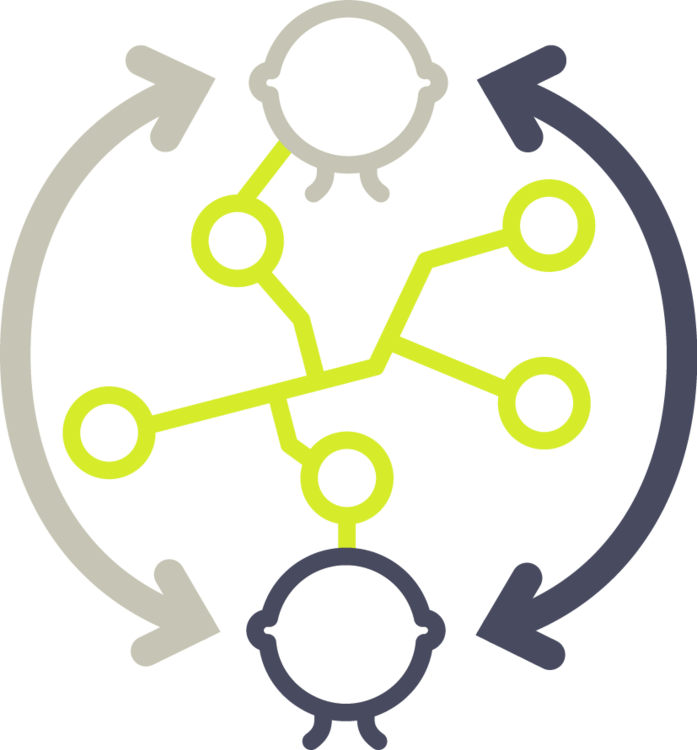Independent research group: Development of symmetrical mental models

Mental models are an essential component of explanations. The term not only goes back historically to philosophical remarks on the "nature of explanation" (Kenneth Craik), but there is also a concrete need for a reconceptualization of such models in the field of co-constructively oriented research on explainable artificial intelligence (XAI). The existing models are mostly rooted in a symbolic paradigm (symbolic AI), which is being challenged by the spread of connectionist approaches that characterize current AI development (subsymbolic AI). This is accompanied by the fact that the perspective of the developers and their ideas of users of AI systems is almost always in the foreground and a universal user is usually modeled. Regardless of the situated and interactionist resolution of this dilemma in the form of partner models (Doyle et al. 2021), however, it is essential for the development of explainable AI systems to develop a co-constructive approach at the conceptual level as well, which goes hand in hand with a reconceptualization of mental models at the macro level by integrating the needs and concerns of users on an equal footing with those of developers.
The research project aims to do precisely this by taking the concept of the "algorithmic imaginary" (Bucher 2017), which originates from media science research, as a starting point and building on this to develop symmetrical and inclusive mental models for explainable AI. This is done in two parts: On the one hand, the development and reception lines of this concept, which originates from cognitive science, are traced in computer science and human-machine interaction with a media-historical approach. This should make it possible to understand how and why a developer bias is still perpetuated in concepts of mental models today. On the other hand, the meta-research of individual TRR projects will be used to empirically test what such symmetrical and inclusive mental models could look like. The focus here will be on the imaginaries of everyday users.
The research project aims to ensure the central paradigm of co-construction within the TRR with regard to a mutual modeling of developers, AI systems and users on a macro level beyond partner models. In addition, this should enable co-construction to be viewed from multiple perspectives at a conceptual level, which is in line with recent efforts in the field of design research, where a paradigm shift from "human-centered design" (Norman 2004) to "more than human-centered design" (Wakkary 2021; Coskun et al. 2022) or even "humanity-centered design" (Norman 2023) has been called for some time.
Research areas
Media studies
Publications
C. Schulz, in: M. Bartelmus, A. Nebrig (Eds.), Digitale Schriftlichkeit – Progammieren, Prozessieren und Codieren von Schrift, 1st ed., transcript , Bielefeld, 2024.
C. Schulz, in: A. Schürmann, K. Yacavone (Eds.), Die Fotografie und ihre Institutionen. Von der Lehrsammlung zum Bundesinstitut , 1st ed., Reimer Verlag, Berlin , n.d.
C. Schulz, Digital Culture & Society 2 (n.d.).
C. Schulz, Navigationen – Zeitschrift Für Medien- Und Kulturwissenschaften 2 (2023) 65–75.
C. Schulz, J. Schröter, Navigationen – Zeitschrift Für Medien- Und Kulturwissenschaften 2 (2023) 7–14.
C. Schulz, J. Schröter, C. Ernst, eds., Tech/Imaginations, Universi Verlag , 2023.
Show all publications

